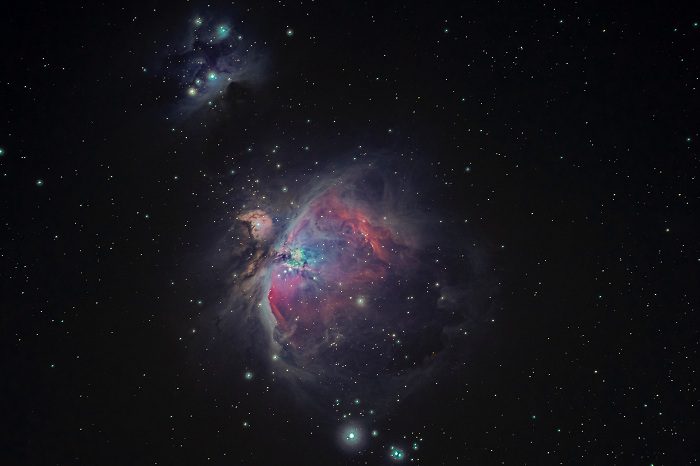New data offered by NASA’s Juno probe unveil Jupiter’s moon, like never before! Ganymede stuns in an infrared picture, leaving astronomers in awe.
Juno’s observations help scientists understand Jupiter and its moon better, unraveling mysteries about the intriguing Jovian system.
Curious to find out more?
Juno Proves Its Scientific Skills
NASA is currently exploring Jupiter’s moon Ganymede, one of the biggest moons in our Solar System, using Juno’s infrared instrument dubbed JIRAM (Jovian Infrared Auroral Mapper).
The device can ‘see’ in infrared light, something that’s not visible to the human eye. Such a method helped the Juno science team to come up with a new intriguing infrared map of Jupiter’s moon.
Below you can see the incredible shot of Ganymede captured by JIRAM:

“The infrared and other data […] contain fundamental clues for understanding the evolution of Jupiter’s 79 moons from the time of their formation to today,” explained Scott Bolton, Juno Principal Investigator.
How close can Juno get to Ganymede?
Juno’s recent encounter with the moon was within 50,109 kilometers (31,136 miles) of Ganymede’s surface. How cool is that?
With such a close pass, the JIRAM device captured the moon’s north polar area for the first time!
JIRAM was also able to gather enough data of various compositions of matter at high and low altitudes on Ganymede. Such achievement adds to the previous close encounters and other observations by NASA’s famous Voyager mission, Cassini, Galileo, and New Horizons.
How does infrared mapping help?
Using this technique, scientists can learn more about what really makes up Jupiter’s moon and better understand similar worlds.
Now, more data should be available soon, as Juno continues its mission. NASA has extended the probe’s mission until September 2025.
Up next, Juno will explore Jupiter’s rings and moons in what’ll be one of the most extensive space missions developed by NASA.












Leave a Reply